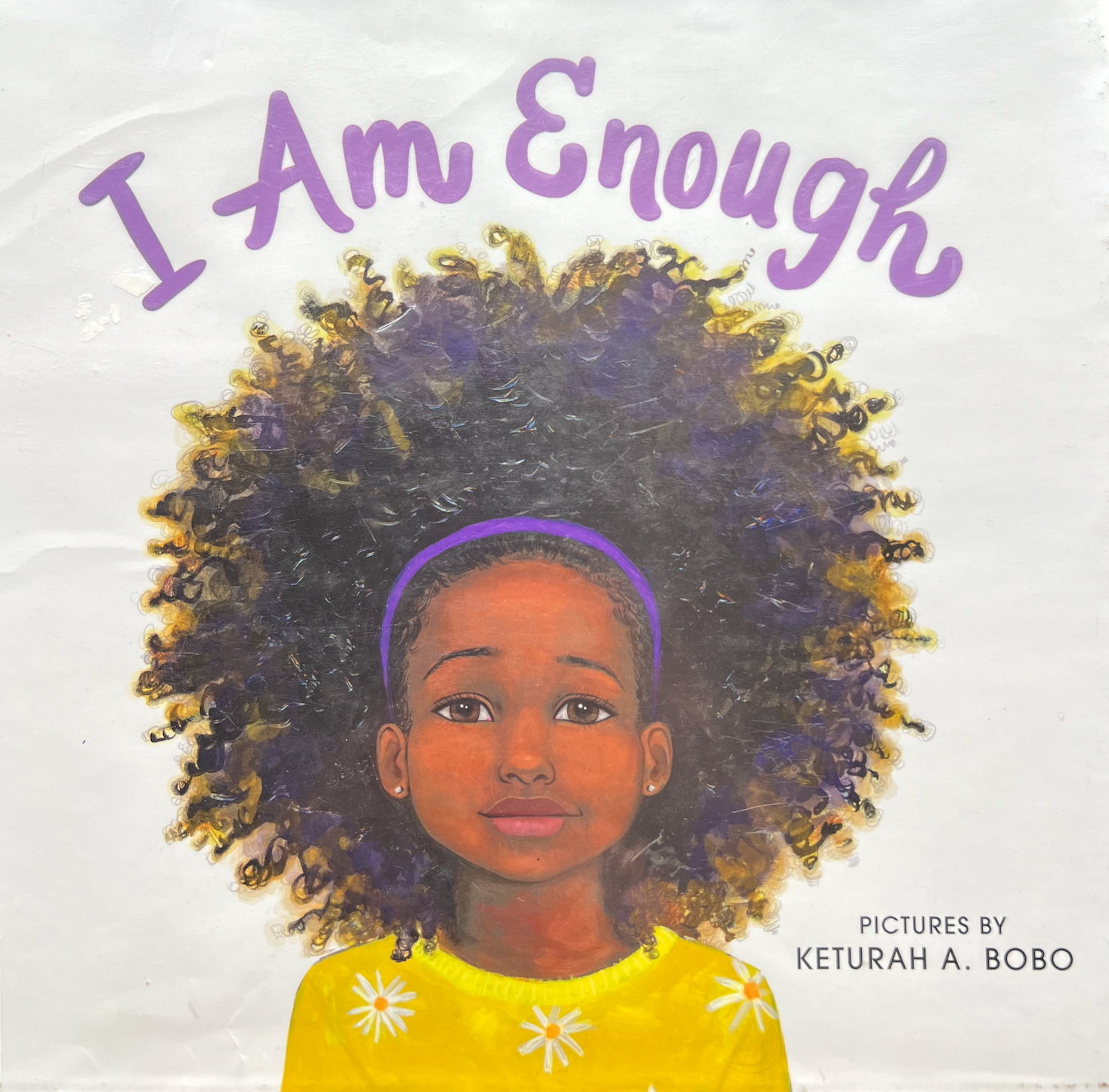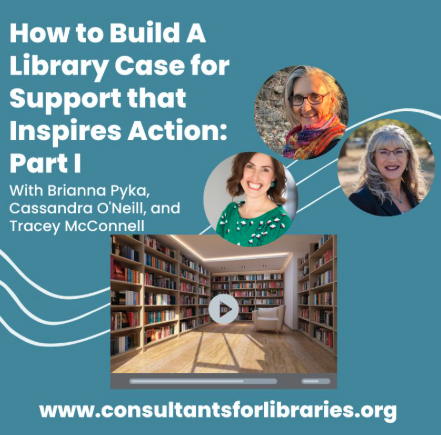Crafting an Effective Library Fundraising Ask Letter
- 7 mins
When it comes to securing the future of your library and enhancing the services you provide to your community, effective fundraising is crucial. As library directors, you are often at the forefront of these efforts, navigating the complex world of donor engagement and financial sustainability. Among the many tools at your disposal, one stands out for its direct impact and personal touch: the fundraising ask letter.
But what exactly is a fundraising ask letter, and why is it so vital to your fundraising strategy? A fundraising ask letter is a carefully crafted message that succinctly outlines your library’s specific needs and directly appeals to potential donors for a monetary contribution. This letter is more than just a request for funds; it is an opportunity to convey your library's mission, highlight your achievements, and articulate the transformative impact that donor support can have.
In this blog, we will delve into the essentials of creating an effective fundraising ask letter. We’ll explore the key components that make a compelling case, from articulating your library’s unique value to illustrating the tangible benefits of donor contributions. Whether you’re aiming to expand your collection, upgrade technology, or launch new community programs, a well-written ask letter can be the catalyst for garnering the support you need.
Join us as we guide you through the process of crafting an ask letter that not only captures the attention of potential donors but also inspires them to take action. By mastering this fundamental tool, you can enhance your library's fundraising efforts and ensure that your institution continues to thrive and serve your community effectively.
Let’s start with a high-level overview. The best fundraising ask letters:
- Introduce your library and the connection the donor may have to your library
- Outline the need with stats and facts about your circumstances
- Explain the urgency of the timing of the need and what happens if the need is not met
- Make a specific monetary ask
- Thanks them for their past generosity, if applicable, and consideration for a donation
- Shares with them when to expect follow up
Why you need a fundraising ask letter
Overall, a fundraising ask letter helps you, as the library, ask for a specific amount for a specific reason. A fundraising ask letter allows you to clearly explain why you are seeking donations. By detailing the specific purpose of the funds—whether it's for new books, advanced technology, facility upgrades, or innovative programs—you provide potential donors with a clear understanding of how their contributions will be used. This transparency not only builds trust but also makes donors more likely to support your cause when they can see the direct impact of their gift.
A letter helps you clearly explain the need. Ideally, you should have a case statement, but if you don’t it’s important to utilize a professional letter that complements your in person solicitation. Ideally, your library should have a comprehensive case statement that outlines your mission, goals, and funding needs. However, even in the absence of a full case statement, a well-crafted fundraising ask letter can effectively communicate these elements. The letter serves as a condensed version of your case statement, summarizing the key points in a concise and persuasive manner.
A fundraising ask letter should not be used on its own, it is highly recommended that you use it in partnership with an in person solicitation. A fundraising ask letter should not be used in isolation. While it is a powerful tool, its effectiveness is significantly increased when used in conjunction with in-person solicitation. By presenting a donor with a letter during a face-to-face meeting, you provide them with a tangible reminder of your request and the specific details of your needs. This combination of personal interaction and written communication can reinforce your message, making it more memorable and persuasive.
In-person solicitation allows for real-time engagement, where you can answer questions, address concerns, and build a stronger personal connection with the donor. The fundraising ask letter then serves as a follow-up, reiterating your request and providing a written record that the donor can review at their convenience. This dual approach maximizes the chances of a positive response, as it appeals to both the emotional and rational aspects of decision-making.
Who writes the letter
The responsibility of writing the fundraising ask letter falls on a member of the library leadership team, ideally someone with a deep understanding of the library’s needs, goals, and overall mission. This person should be capable of conveying the library’s vision in a compelling and persuasive manner. Typically, this might be the development director, a senior librarian with strong writing skills, or another key member of the leadership team who is familiar with fundraising strategies and donor engagement.
The letter should be co-signed by both the library director and the president of the library board. Their signatures lend authority and credibility to the request, showing potential donors that the appeal is backed by the highest levels of library leadership. This dual endorsement underscores the importance of the fundraising effort and reassures donors that their contributions are both needed and appreciated by the entire organization.
Whenever possible, adding a personal touch can significantly enhance the effectiveness of your fundraising ask letter. If feasible, personally signing each letter can make a substantial difference. Donors are more likely to respond positively to communications that feel personal and direct. A handwritten signature, perhaps accompanied by a brief handwritten note tailored to the recipient, can convey genuine appreciation and make the donor feel valued.
In addition to signatures, consider customizing the content of the letter for different donor segments. For instance, a letter to a long-time supporter might highlight their past contributions and how those have impacted the library, while a letter to a new potential donor could focus on introducing the library’s mission and immediate needs. Tailoring your message to the recipient’s relationship with the library can make your appeal more relevant and engaging.
While the primary writing responsibility may fall on one person, the letter should be a collaborative effort. Input from various team members, including those directly involved in library operations and those with a keen understanding of your donor base, can provide valuable insights and ensure the letter effectively communicates the library’s needs. Additionally, having multiple team members review the letter can help catch any errors and improve the overall quality of the message.
What to do before you share your letter with the person you’re soliciting
Before sharing your fundraising ask letter with a potential donor, it is crucial to lay the groundwork for a successful solicitation. Start by having a preliminary conversation with the person you’re reaching out to, ensuring that they are aware of your upcoming request and its context, so the letter doesn't come as a surprise. This initial chat helps build rapport and sets the stage for a more receptive response. When it's time to present the letter, aim to hand deliver it whenever possible. This personal approach not only demonstrates your commitment but also allows for immediate discussion and engagement. Additionally, bring along your comprehensive case for support if you have one to provide a detailed background and reinforce the urgency and significance of your request. This preparation helps create a well-rounded and compelling appeal, increasing the likelihood of a positive outcome.
What to do after you deliver your letter
After delivering your fundraising ask letter in person, the next crucial step is to ensure timely and effective follow-up. Set a calendar reminder to follow up within the timeframe you communicated during your initial meeting. This follow-up is essential to maintaining momentum and demonstrating your commitment. When you reach out, inquire if the prospective or current donor has any questions or concerns regarding your request. Providing clear and thorough answers to any questions that have arisen since your first meeting is vital. This not only reinforces your transparency and dedication but also helps to address any uncertainties the donor might have, increasing the likelihood of a positive response to your fundraising appeal.
How can you replicate this process
If you are utilizing a fundraising ask letter for an annual giving campaign, it’s important to update your fundraising ask letter with your success to date each month. Prospective and current prospective donors want to know that momentum is building. All campaigns, regardless of size, depend on urgency and momentum. Be sure to include the names of the received pledges in your letter, if not anonymous, this also builds confidence amongst your current donors.
The importance of adaptability of fundraising ask letters
Fundraising ask letters are a critical component of your overall fundraising activities. They serve as a direct, personal appeal to potential donors, clearly outlining your needs and the impact their contributions can have on your library. These letters not only communicate the urgency and importance of your goals but also help build and strengthen relationships with your supporters. The personalized touch of an ask letter can significantly enhance donor engagement, making them feel valued and appreciated, which is crucial for securing ongoing support.
The good news is that fundraising ask letters are not one-off documents; they can be repurposed and updated with minimal effort for different donors. By customizing key elements such as the donor’s name, their past contributions, and specific interests, you can create a tailored appeal that resonates more deeply with each recipient. This approach saves time and ensures consistency in your messaging, while still maintaining a personal connection. However, significant updates to your ask letters are necessary when you’ve made notable progress toward your fundraising goal. Highlighting these achievements not only showcases your transparency and accountability but also reinforces the effectiveness of donor contributions, encouraging further support.
Ongoing support and future strategies
We hope these tips have provided valuable insights for you and your team in crafting effective fundraising ask letters. Remember, these letters are more than just requests for money; they are tools for building lasting relationships and demonstrating the impact of donor support. Keeping your donors informed about the progress of your initiatives and how their contributions are making a difference can significantly boost their willingness to continue supporting your cause.
Our team is dedicated to helping you and your library succeed in your fundraising efforts. Whether you need assistance in drafting your letters, developing a comprehensive fundraising strategy, or finding innovative ways to engage your donors, we are here to support you every step of the way. By leveraging our expertise and resources, you can enhance your fundraising activities and ensure your library continues to thrive and serve your community effectively. Let's work together to secure the future of your library and create a lasting impact through successful fundraising! We’re here to help!




